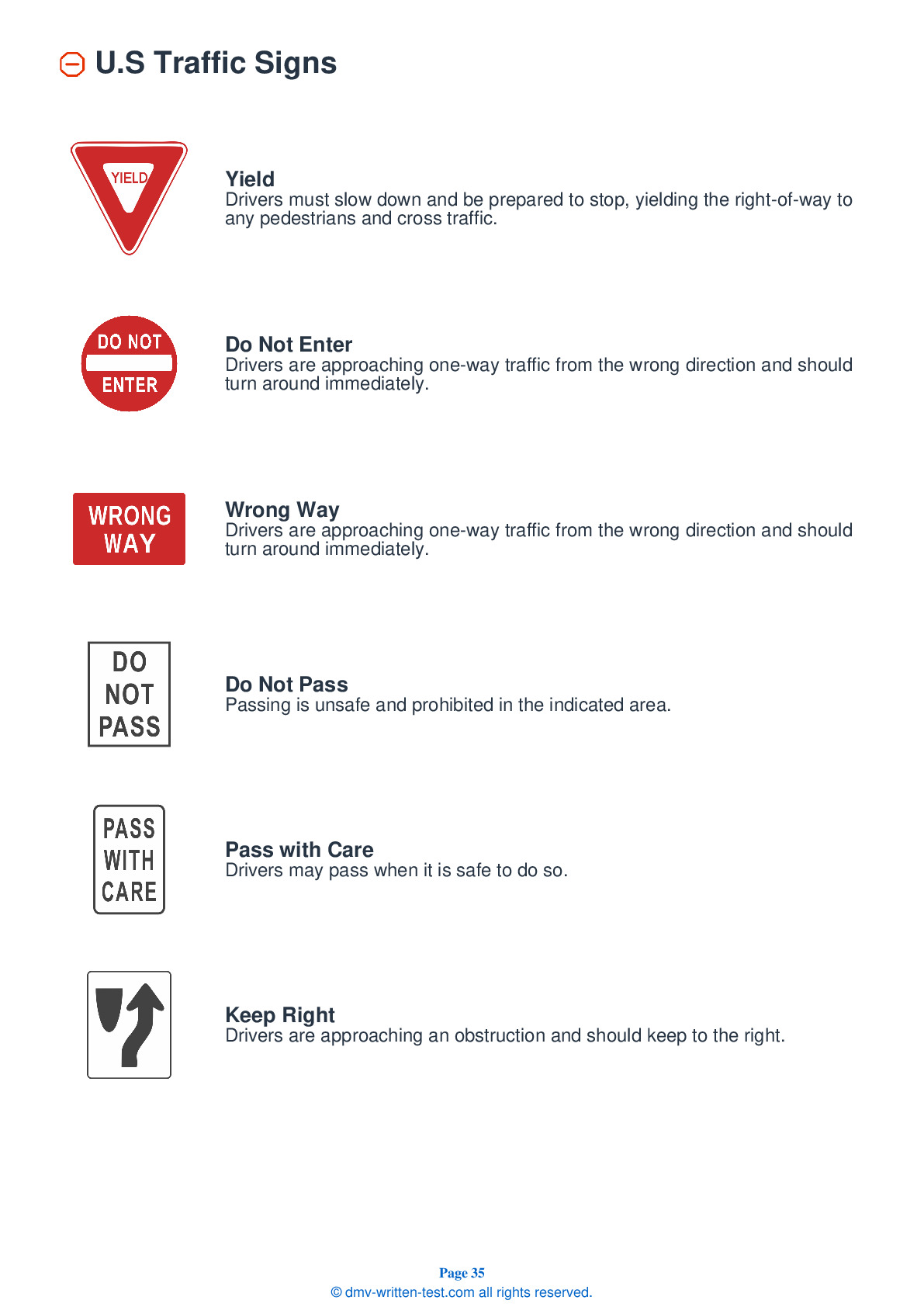2025 Alaska Motorcycle Permit Test 4
The following questions are from real DMV written motorcycle permit tests. These are some of the actual permit questions you will face in Alaska when getting your motorcycle learners permit. Each motorcycle theory practice test question has three answer choices. Select one answer for each question and select "grade this section." You can find this button at the bottom of the drivers license quiz. For a complete list of questions and answers for Alaska please visit https://cheat-sheets.dmv-written-test.com/en/alaska/motorcycle.
Number of Tests
Number of Question
Passing Score
1. A DOT-compliant helmet has all of the following, except:
Explanation
Any U.S. Department of Transportation-compliant helmet is required to have an impact-resistant outer shell, an impact-absorbing inner liner, a comfort liner, and a chinstrap retention system.
2. What should a motorcyclist do to prevent possible injury when riding on a slippery surface?
Explanation
When riding on a slippery surface, it is safest to decrease your speed. Making sudden moves on a slippery surface could cause your motorcycle to skid. Do not travel on the shoulder to escape a slippery road.
3. When approaching an uneven surface, such as a bump or pothole, you should rise slightly off of your seat:
Explanation
When riding over an uneven surface, rising off of your seat will allow your joints to absorb some of the force of impact. This will make it less likely that the impact of the surface will throw you off of the motorcycle.
4. Motorcycle riders should choose footwear with soles that:
Explanation
Choose riding boots or shoes that are high and sturdy enough to cover and support your ankles. Choose footwear with soles made of hard, durable, slip-resistant material.
5. An advantage to keeping the size of a group of riders small is:
Explanation
There are several advantages to keeping groups of riders small. In comparison to a large group, a small group is easier for other vehicles to pass safely, is less likely to get separated by traffic or stop lights, and creates less need for slower riders to hurry to catch up to the rest of the group.
6. A DOT-approved helmet:
Explanation




